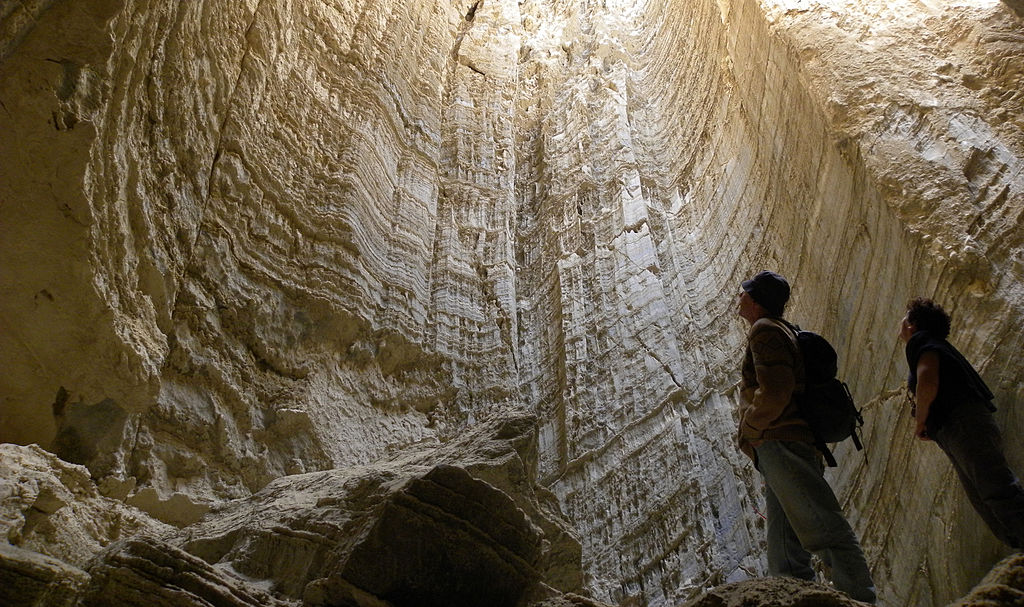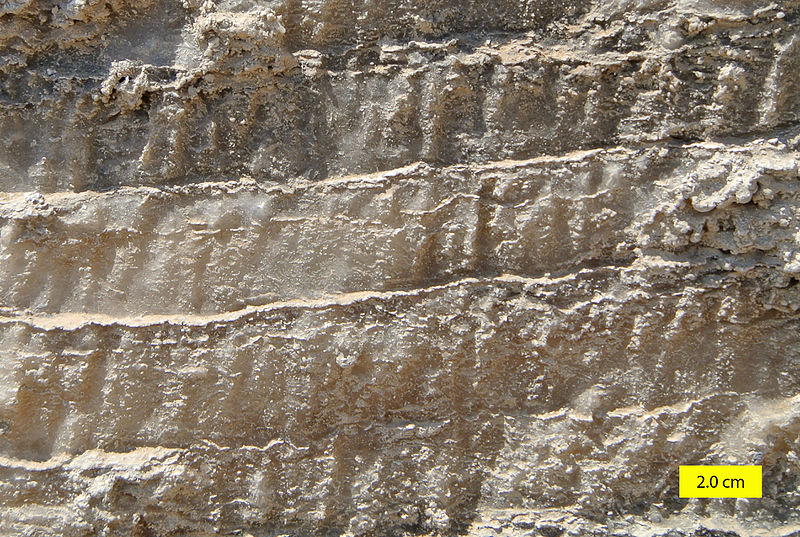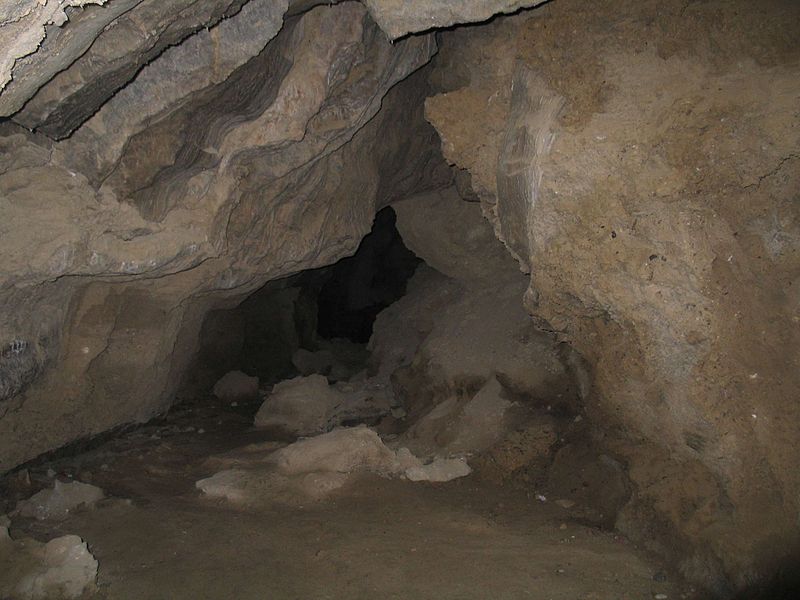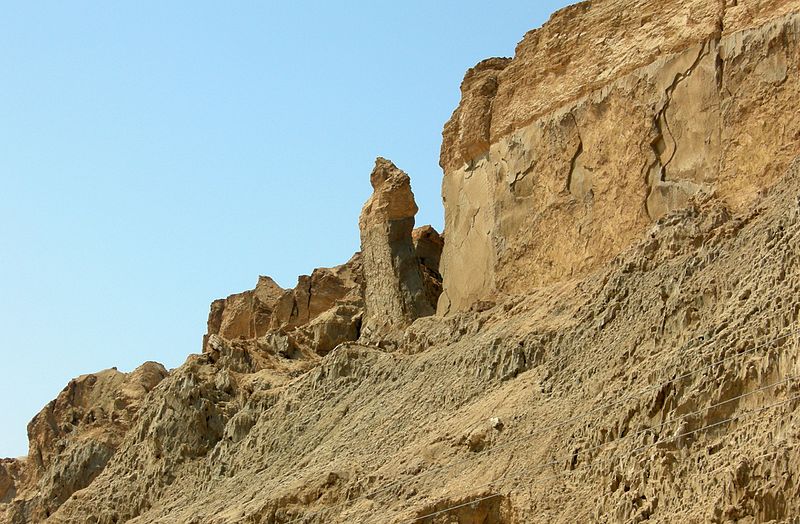The Sedom Mountain (also known as Sodom Mountain or Mount Sodom) is the name of a hill along the southwestern part of the Dead Sea and part of the Judean Desert Nature Reserve.
Did you know that the Sedom Mountain continues to grow taller? It was formed thousands of years ago and still keeps on growing, at a rate of 3.5 millimeters (0.14 inches) every year. It is approximately eight kilometers (five miles) long, five kilometers (three miles) wide and 226 meters (742 feet) above the Dead Sea level, but only 170 meters (557 feet) above the normal sea level.
Another one of the truly unique things about Sedom Mountain is that 80% of its soil contains salt — no wonder, as it is by the Dead Sea, one of the saltiest lakes on earth, creating a unique landscape that cannot be found anywhere else in the world.
You can also see a halite pillar popularly known as “Lot’s Wife,” in reference to the Biblical account of the destruction of Sodom and Gomorrah.

Home to the longest salt cave in the world?
In 2019, a six-mile cave beneath Sedom Mountain was discovered, close to where Lot’s Wife pillar is situated. Israeli cave explorers believed they discovered the world’s longest salt cave, longer than the previous record-holder in Iran. It was named Malham Cave.
Malham Cave is replete with glittering, delicate stalactites and stalagmites which had been formed by salt crystals. The sight of these stalactites and stalagmites alone makes it worth the difficult trek — they will amaze you no end. Radiocarbon dating of wood fragments found inside the caves determined the age of the cave, which had been formed about 7,000 years ago — making the cave relatively young compared to the other caves. It’s because caves made of salt are faster to form, unlike limestone caves.
Hiking in the Sedom Mountain
There are two trails going to the Sedom Mountain. The first one, Ma’aleh HaSulamot (“ladders ascent” in Hebrew), is a pretty steep hike that takes one and half, but it also has many stairs to make climbing a bit more bearable. It connects with Route 90 across the highway from the sun-blasted huts of the Dead Sea Works’ workers camp, which was built in 1934.
The second trail available is Shvil HaDagim (“fishes trail” in Hebrew) is also a steep hike that takes also one and half hours, but unlike the Ma’aleh HaSulamot, Shvil HaDagim has no stairs. It takes its name from the fossilized fish still embedded into the rocks on either side of the trail. This trail also connects with Route 90.
The area is a perfect place for a day or night cycle ride close to the Ein Bokek Dead Sea Hotel Resort.
Some more photos in around Sedom Mountain



